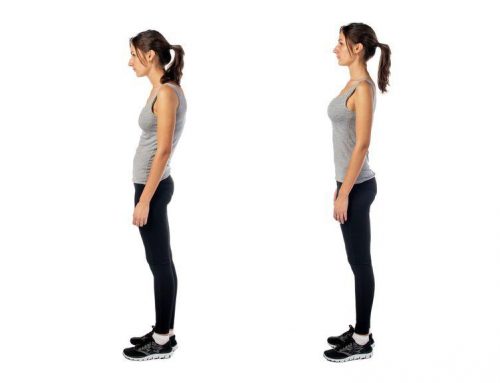Spinal Cord Injuries
- Spinal cord injuries (SCI) occur when the spinal cord is damaged as a result of trauma, disease processes, or congenital defects.
- The majority of SCIs occur as a result of trauma. The degree and type of force that are exerted on the spine at the time of the trauma determine the location and severity of damage that occurs.
- Spinal cord damage can also be caused by nontraumatic mechanisms. Circulatory compromise to the spinal cord resulting in ischemia causes neurological damage at and below the involved cord level.
- Diseases that result in compromise of the spinal cord include Guillain-Barre syndrome, transverse myelitis, amyotrophic lateral sclerosis, and multiple sclerosis.
Source: Umphred, D.A. (2001). Neurological Rehabilitation. 4th Ed. U.S.A: Mosby, Inc.
COMPARTIR
CATEGORÍAS
- Spinal cord injuries (SCI) occur when the spinal cord is damaged as a result of trauma, disease processes, or congenital defects.
- The majority of SCIs occur as a result of trauma. The degree and type of force that are exerted on the spine at the time of the trauma determine the location and severity of damage that occurs.
- Spinal cord damage can also be caused by nontraumatic mechanisms. Circulatory compromise to the spinal cord resulting in ischemia causes neurological damage at and below the involved cord level.
- Diseases that result in compromise of the spinal cord include Guillain-Barre syndrome, transverse myelitis, amyotrophic lateral sclerosis, and multiple sclerosis.
Source: Umphred, D.A. (2001). Neurological Rehabilitation. 4th Ed. U.S.A: Mosby, Inc.





